| During your free time, take the opportunity to discover Porquerolles, the biggest of the three “Gold Islands”!
Ever since the Celts first moored on the southern part of the island, Porquerolles has been the privileged witness of different waves of civilisations: the Ligures, the Phocaeans as well as the Greeks and the Romans all occupied the island which was primarily used as a place of trade and agriculture. The first village was established in 448 when the Cistercian monks of the Lérins Abbey built a large village in the plain of Notre-Dame. In the Middle-Ages, the island belonged to the Knights of Fos who also owned the castle overlooking Hyères. To defend the island from incessant attacks, many forts were built. Porquerolles then underwent industrial development with the opening of a sodium factory in the 19th century. The island had different owners until François Fournier bought it as a wedding present for his young wife, in 1912. The island, rich in History, is located at the core of the Port-Cros National Park whose mission is to protect natural and cultural diversity…
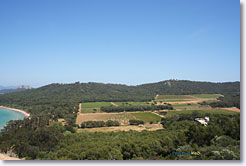 |
 A renown vineyard… A renown vineyard…
Two hundred hectares of grapevines were planted and the vineyard later produced a top quality wine which was one of the first to be classed “vins des Côtes de Provence”. Today the three vinyards on the island produce wine which has an excellent reputation. The vineyards are associated with the Conservatoire Botanique National de Porquerolles which protects the island’s heritage and environment. |
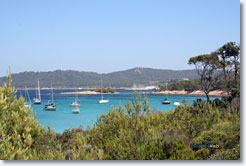 |
 Nature preserved… Nature preserved…
In 1971, the state bought 4/5 of the island, thus protecting it from any unsightly housing or hotel developments… the style and architecture of the existing houses blend harmoniously with the natural beauty of the site. Classified “heart of National Park” since 2012, Porquerolles is a site where the land is protected, cultivated, replanted and studied, thanks to the Conservatoire Botanique and to the Parc national de Port Cros. Their plantations are difficult to miss. |
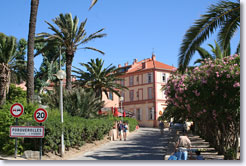 |
 A charming village… A charming village…
As soon as you arrive at the port, you will be captivated by the island: behind the boats tied up to the quay, the first houses can be seen, surrounded by lush vegetation. After leaving the port (where you can hire bikes and obtain directions from the tourist office) you will arrive in the village with its large square and beautiful church, a cluster of shops and several cafes and restaurants where you can eat outside. |
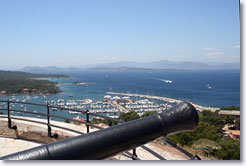 |
 Beautiful countryside… Beautiful countryside…
To discover the rest of the island you can choose between several delightful routes, by bike or by walking…
 In the north, three superb beaches offer fine sand and the coast here slopes gently down to sea which is exceptionally clear. In the north, three superb beaches offer fine sand and the coast here slopes gently down to sea which is exceptionally clear.
 In the south, vertical cliffs rise out of the sea, from this steep relief, you can see a series of calanques, rocky points, gorges, headlands and hills. You can admire this wild and majestic landscape from the lighthouse where there is a 360° view of the island and the sea… it’s breathtaking! In the south, vertical cliffs rise out of the sea, from this steep relief, you can see a series of calanques, rocky points, gorges, headlands and hills. You can admire this wild and majestic landscape from the lighthouse where there is a 360° view of the island and the sea… it’s breathtaking!
 In the interior, there is a mosaic of vineyards, olive trees and fruit trees of all variety… lemons, oranges and mandarins. The paths are bordered by pines, eucalyptus and numerous plantations, courtesy of the Conservatoire Botanique. Most of the paths are shaded, sheltering visitors from the “coups de chaud”. In summer the cicadas sing to their hearts content… reminding you that you are in Provence and not in a tropical island at the other end of the earth… In the interior, there is a mosaic of vineyards, olive trees and fruit trees of all variety… lemons, oranges and mandarins. The paths are bordered by pines, eucalyptus and numerous plantations, courtesy of the Conservatoire Botanique. Most of the paths are shaded, sheltering visitors from the “coups de chaud”. In summer the cicadas sing to their hearts content… reminding you that you are in Provence and not in a tropical island at the other end of the earth… |
| More information: tourist office |
|




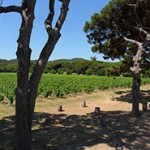
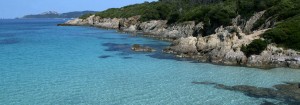
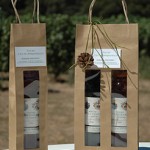




 In the north, three superb beaches offer fine sand and the coast here slopes gently down to sea which is exceptionally clear.
In the north, three superb beaches offer fine sand and the coast here slopes gently down to sea which is exceptionally clear.